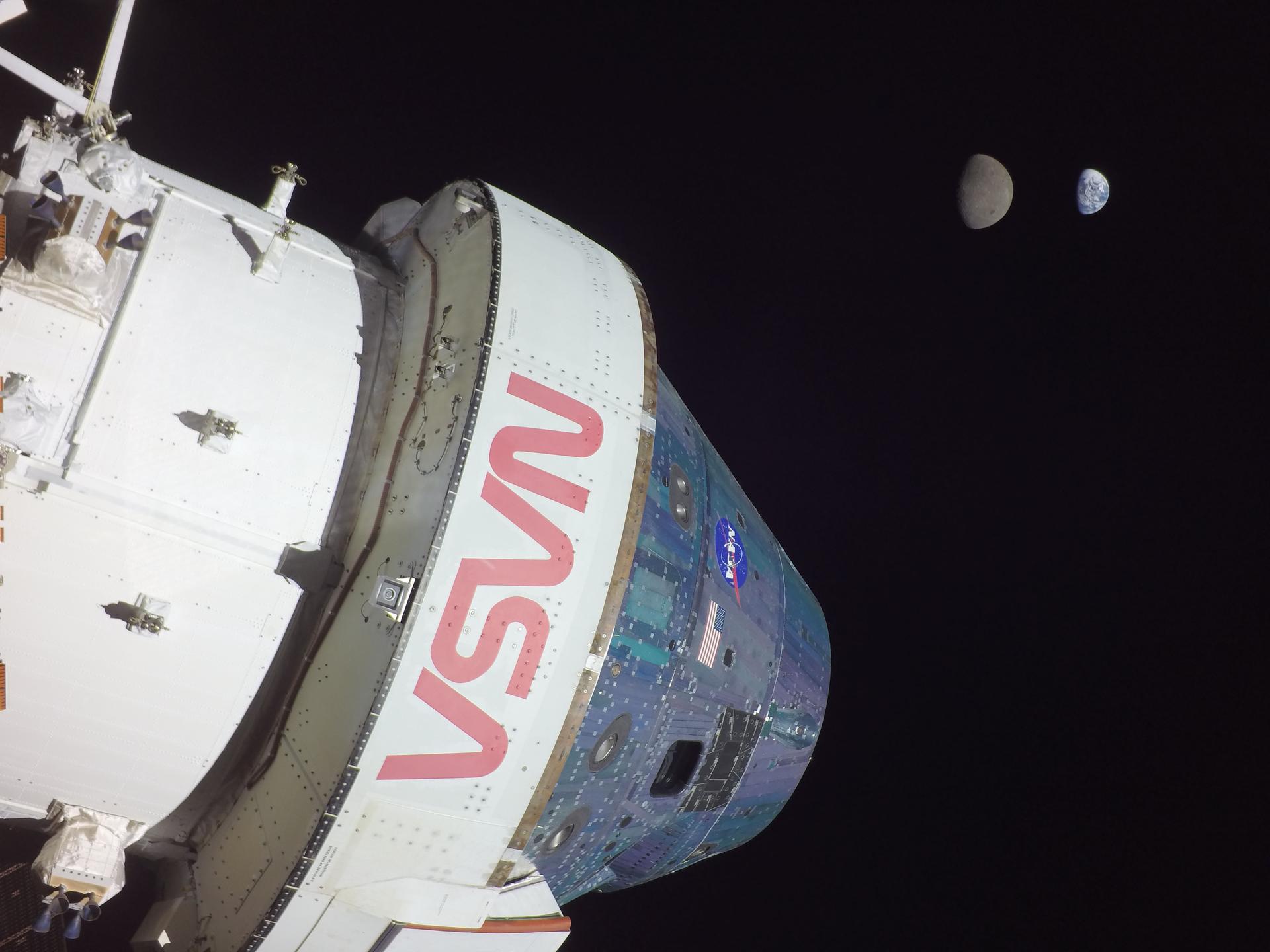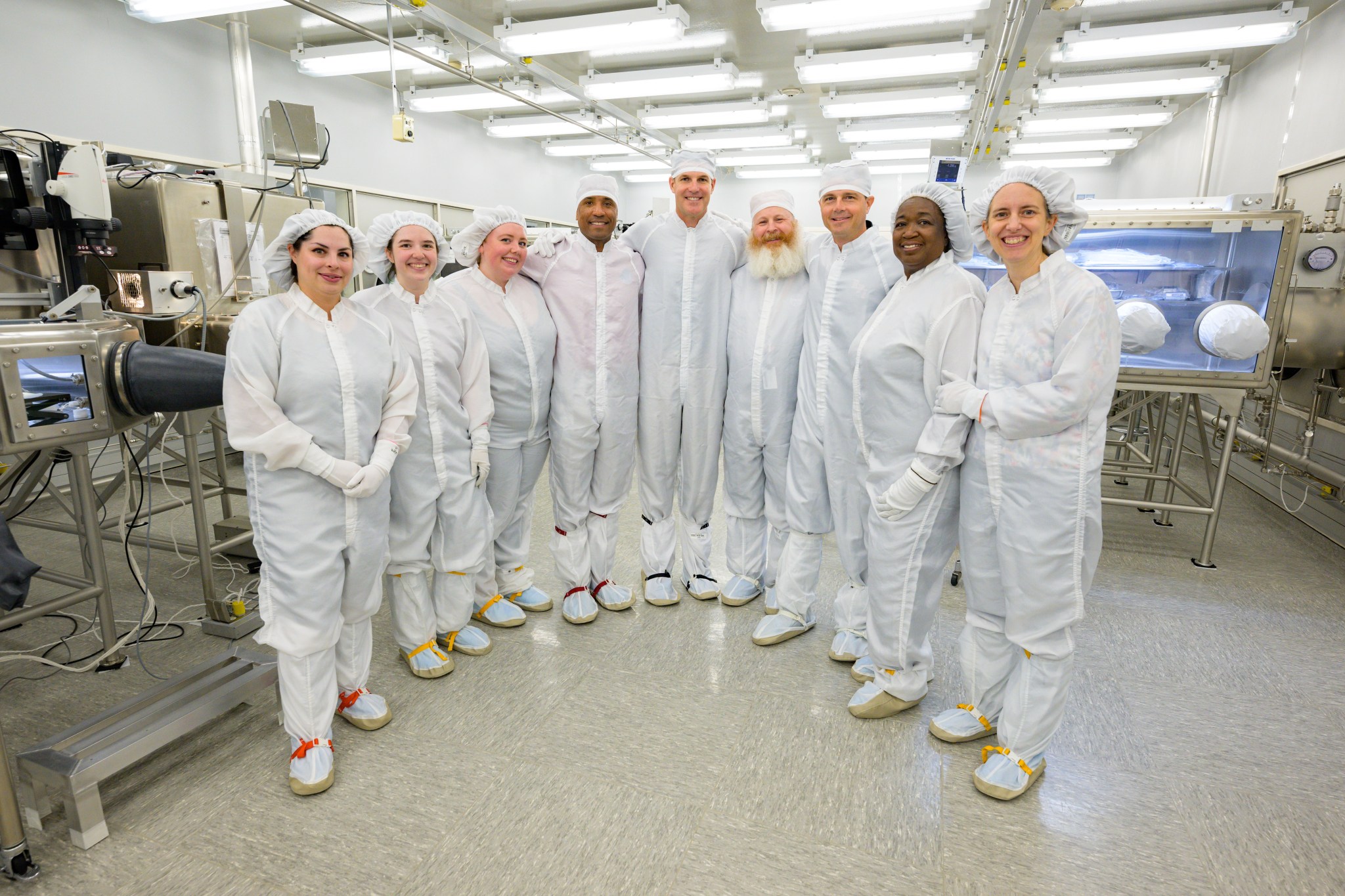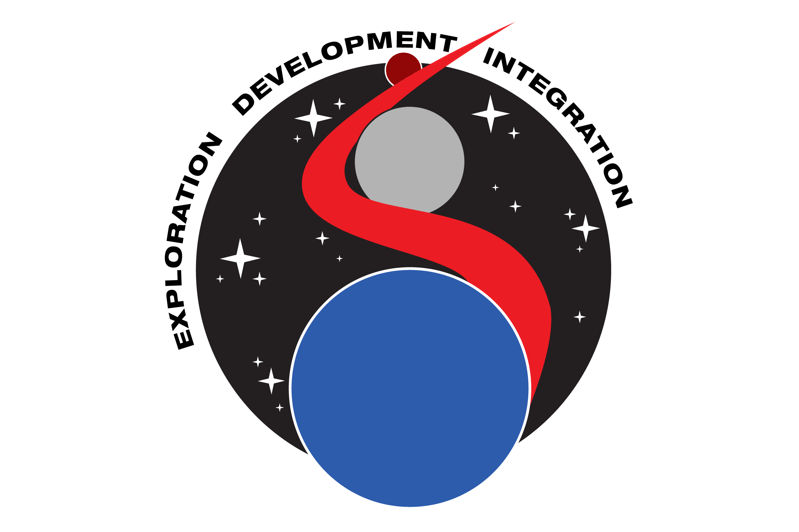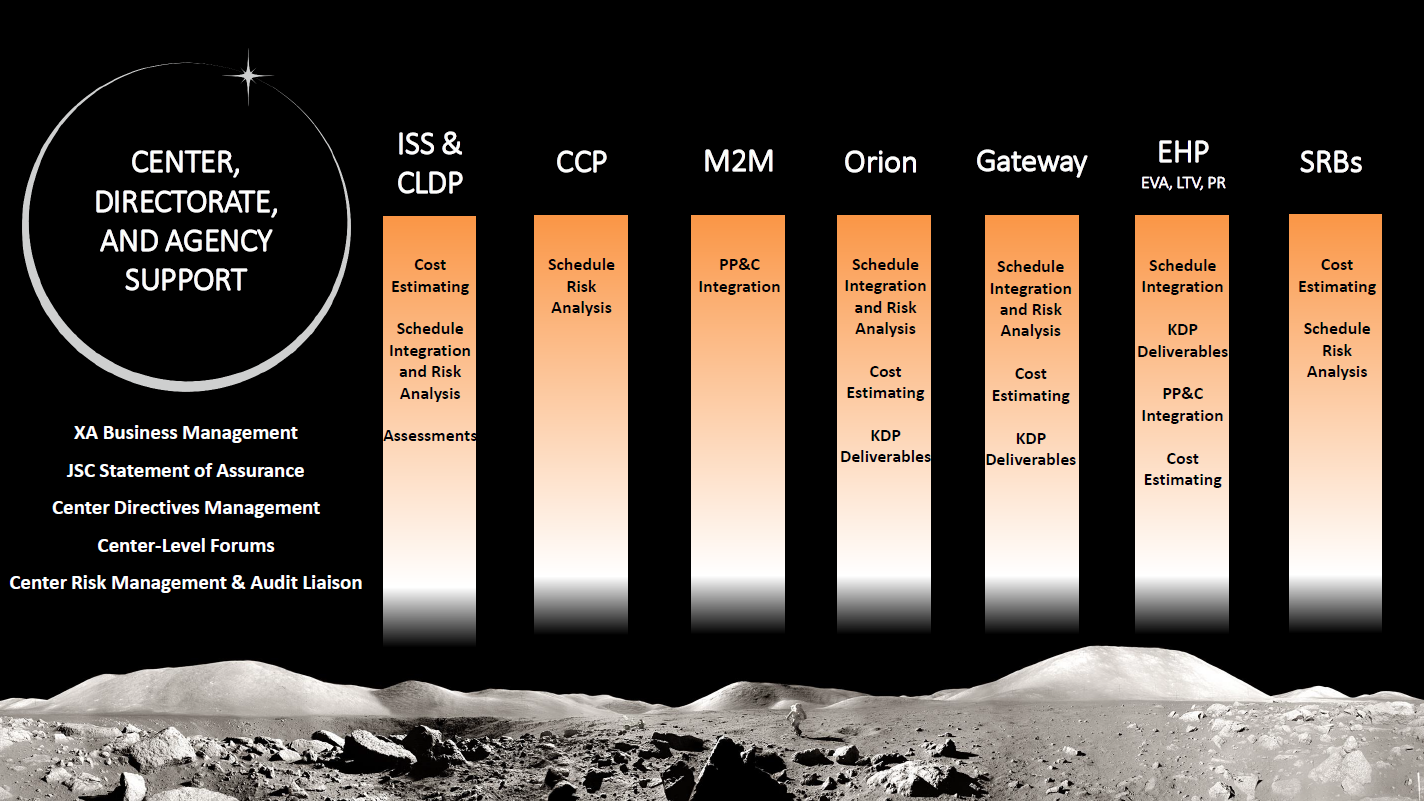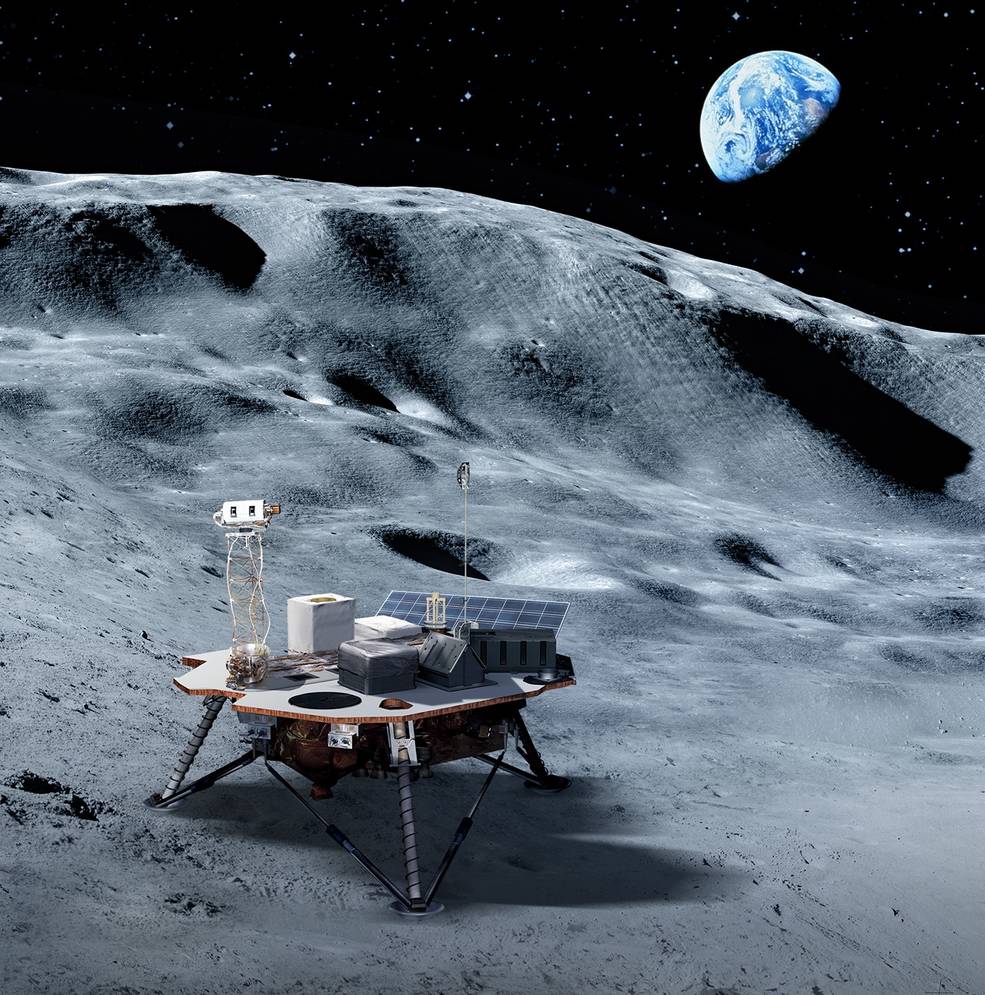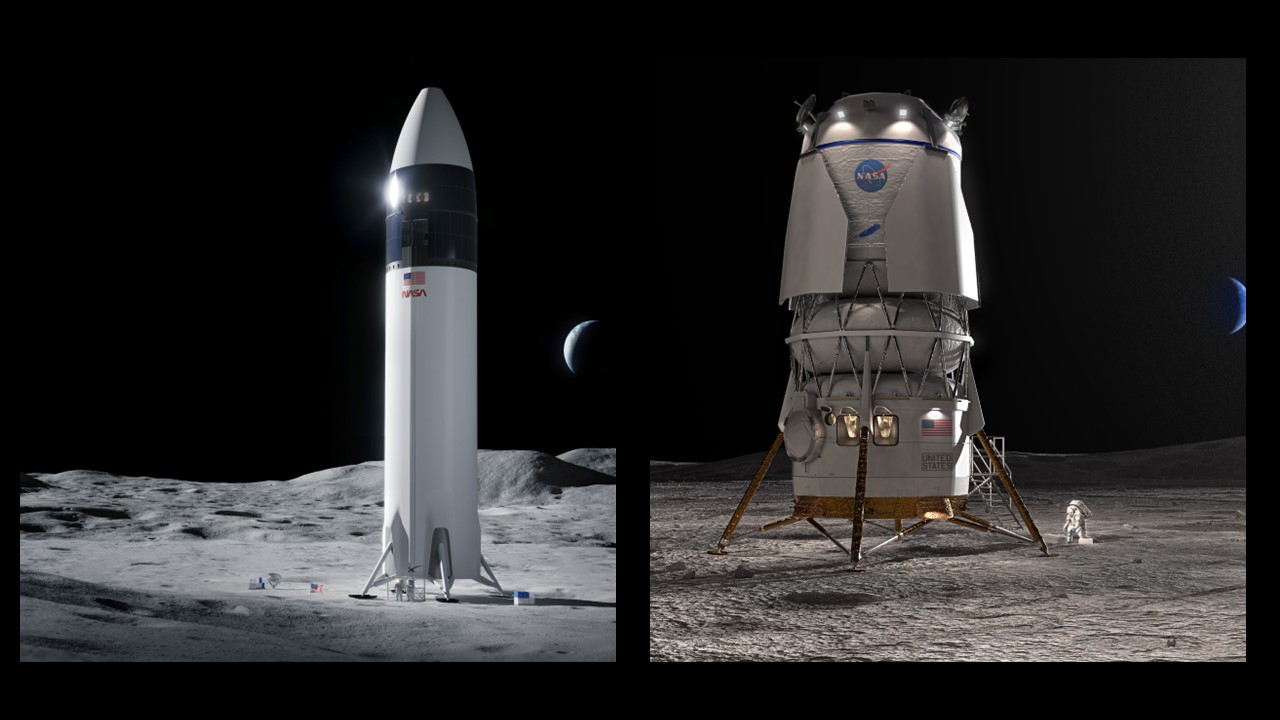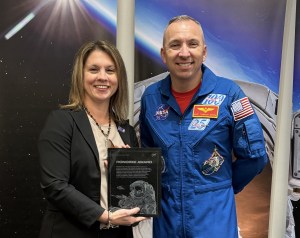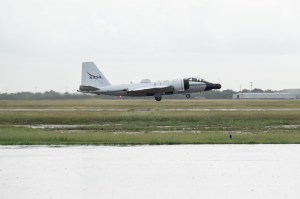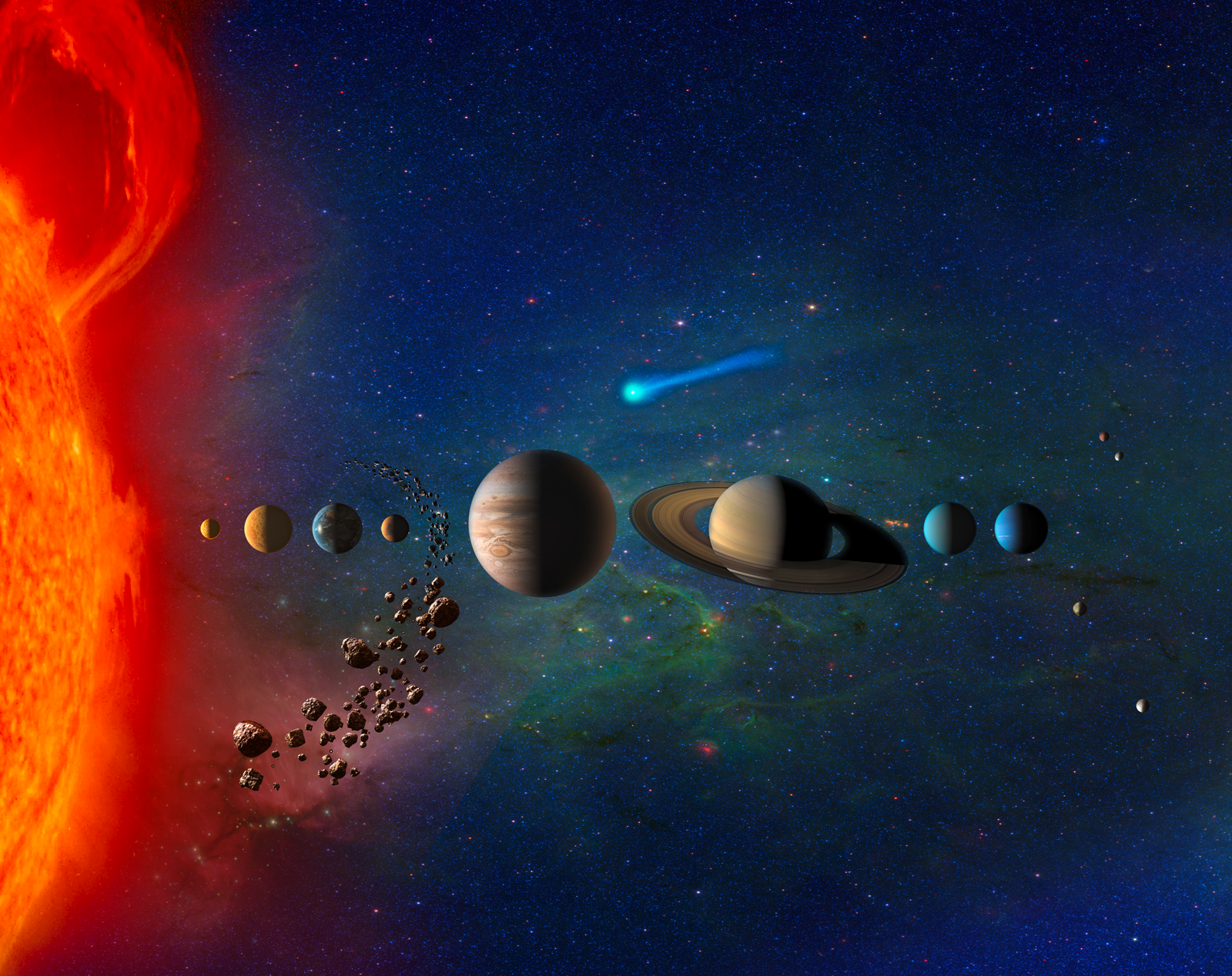Introduction
Based at NASA’s Johnson Space Center in Houston, Texas, the Exploration Architecture, Integration, and Science (EAIS) Directorate is a unique mix of scientists, engineers, mission planners and architects, and program analysts. We create the plans for sending people back to the Moon and on to Mars. We provide integration and business support to NASA’s exploration programs, which stitch together the pieces that make NASA’s missions possible. Our team curates and studies the world’s most extensive collection of samples collected from the solar system. We map the orbital debris around the Earth to keep our missions safe, and we study the lunar surface to figure out where to land NASA missions. Together we enable exploration and discovery.
Our Purpose
EAIS is dedicated to supporting NASA’s mission to explore, discover, and expand knowledge for the benefit of humanity. We connect science, engineering, and mission and program planning so that NASA can send people back to the Moon and eventually on to Mars. We help NASA’s exploration programs figure out what the missions are, how to plan and execute them, and how to make the most of the science they bring home.
Astromaterials Research and Exploration Science Division
The Astromaterials Research and Exploration Science (ARES) Division combines scientific and engineering expertise to advance human and robotic space exploration for discovery; understanding the origin and evolution of our solar system.
ARES scientists curate the world’s most extensive collection of extraterrestrial samples (Moon rocks, meteorites, and materials collected from other planetary bodies). They conduct cutting-edge research on planetary processes and space environments, including leading the global understanding of the orbital debris environment and its effect on spacecraft, and use imagery to monitor spacecraft performance and condition. ARES scientists provide critical scientific expertise for planetary surface exploration including the training of International Space Station crews to document Earth processes and prepare astronauts to go back to the Moon and on to Mars.
As part of supporting NASA’s mission, ARES maintains unique analytical and experimental capabilities that are competitively available to researchers. The division engages students, educators, and the public to generate excitement and awareness of NASA science through events, astromaterial sample loans for study, and other programs to inspire and train the next generation of scientists.
Exploration Development Integration Division
The Exploration Development Integration Division (EDI) primarily provides matrixed integration services to Moon to Mars and its Programs in support of the Artemis missions. We also support the Commercial Lunar Payload Services (CLPS) and Mars Sample Return, robotic precursor missions to Artemis, as well as the Strategy & Architecture Office (SAO) and Commercial LEO Development Program (CLDP), as needed. Services include system engineering and integration (SE&I) and strategic integration support. These services are performed and products developed under the technical direction of customer Programs/Projects, who are accountable for maintaining processes and documenting decisions and baselines.
Our vision is to be a key provider of program and architecture level SE&I and strategic integration leadership, experience, and services to ensure the success of NASA missions. We do this by developing leaders who provide systems engineering, cross-program integration, and programmatic integration expertise, bringing architecture elements together to accomplish the Agency’s goals.
Exploration Mission Planning Office
The office works across NASA programs and centers to design and analyze every aspect of human spaceflight mission plans. The office leads the development of Lunar and Mars architectures and the definition of Artemis mission objectives, constraints, and requirements, as well as the development of crewed and uncrewed activities to be completed during the mission.
The office also conducts mission planning for the lunar surface, informing agency decisions on everything from exploration site selection to surface transport and communications systems. It also conducts or participates in mission simulations and other operational tests to enhance mission readiness and success.
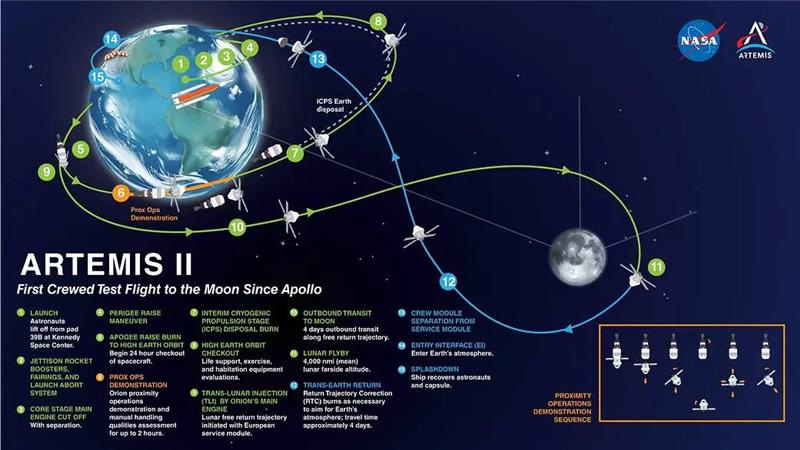
Strategic Business Integration Office
The Strategic Business Integration Office partners with human space exploration programs to estimate cost and develop schedules for successful program execution. It also assists program leaders in identifying and minimizing risks that may impact the program’s cost or ability to meet its goals. Additionally, the office performs essential business management functions for the directorate, center, and agency.
Commercial Lunar Payload Services
The CLPS (Commercial Lunar Payload Services) initiative allows NASA to work with American companies to deliver science and technology payloads to the lunar surface to help the agency explore the Moon and prepare for future Artemis missions. Through CLPS, NASA is also attempting to accelerate the development of a commercial market for lunar delivery services.
Human Landing System Associate Program Manager
Development of the human landing systems that will transport astronauts from lunar orbit to the lunar surface and back for Artemis missions is primarily managed by NASA’s Marshall Space Flight Center in Huntsville, Alabama. The human landing system associate program manager (APM), located at Johnson, oversees an integrated human landing system-Johnson workforce. The APM provides leadership to ensure cross-program integration capability and that human spaceflight certification is achieved for Artemis lunar operations. The APM provides accountability for the design, development, test, and evaluation of government-furnished products, as well.
Johnson Space Center Chief Scientist
The chief scientist provides leadership, advocacy, and advice for Johnson’s science and research efforts to retain and improve the center’s reputation for scientific excellence. In this role, Dr. Eileen Stansbery ensures the NASA research integrity process is appropriately addressed within Johnson’s science organizations and guides the strategy of research readiness for the future.





























